Stories: On the Farm
Get to know other growers and researchers
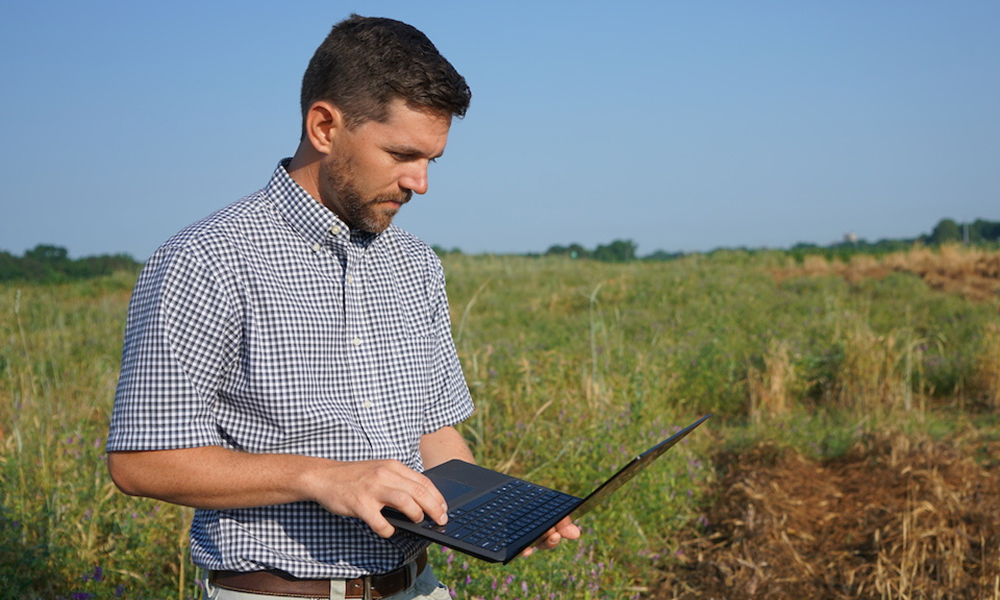
Dr. Tyson Raper
Memphis, TN, USA
Every cotton-growing state in the U.S. has a cotton extension specialist. This research and outreach professional is dedicated to advancing the science of cotton agriculture and translating it into guidance that growers use to increase their productivity and sustainability.
Get the full story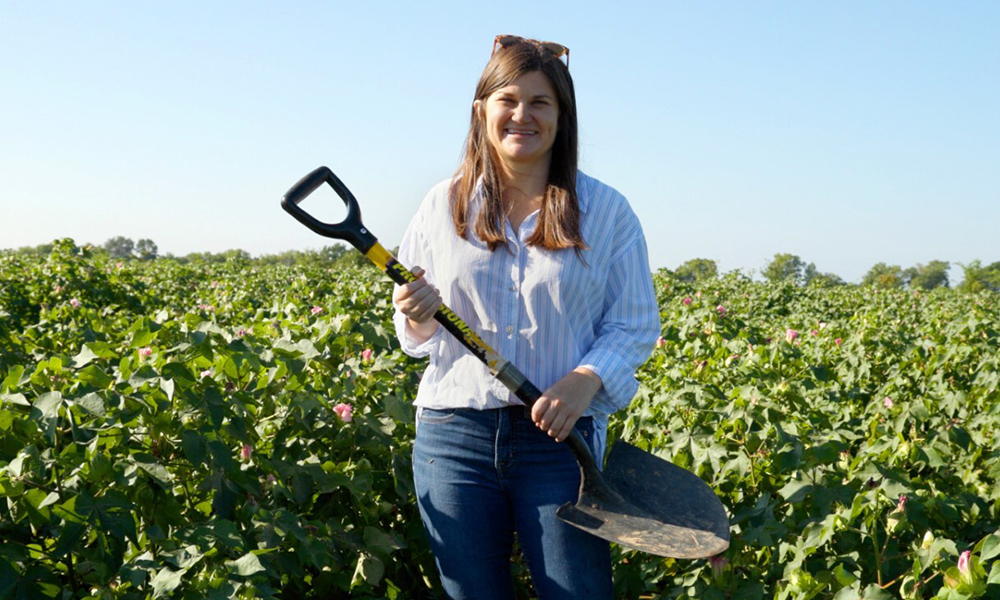
Dr. Audrey Gamble
Auburn, AL, USA
Dr. Audrey Gamble, associate professor of soil science at Auburn University, works with cotton growers to fine-tune their farm management to build their soil’s health and prepare it for productivity now and many years in the future.
Get the full story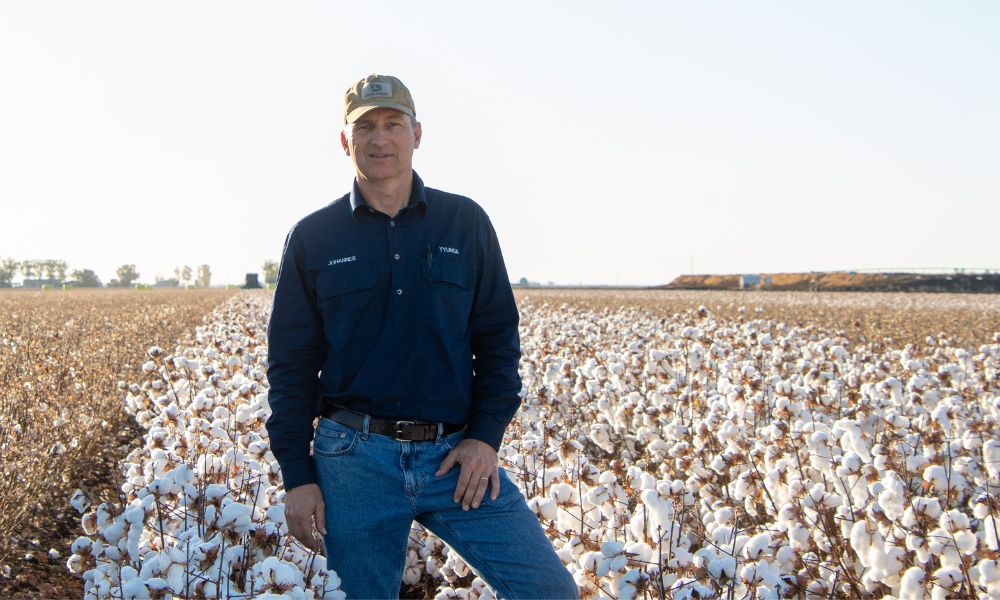
Johannes Roellgen
Brookstead, Queensland, Australia
Johannes and Scarlett Roellgen are regarded among the best cotton growers in Australia because of their pest management, water use efficiency and on-farm practices.
Get the full story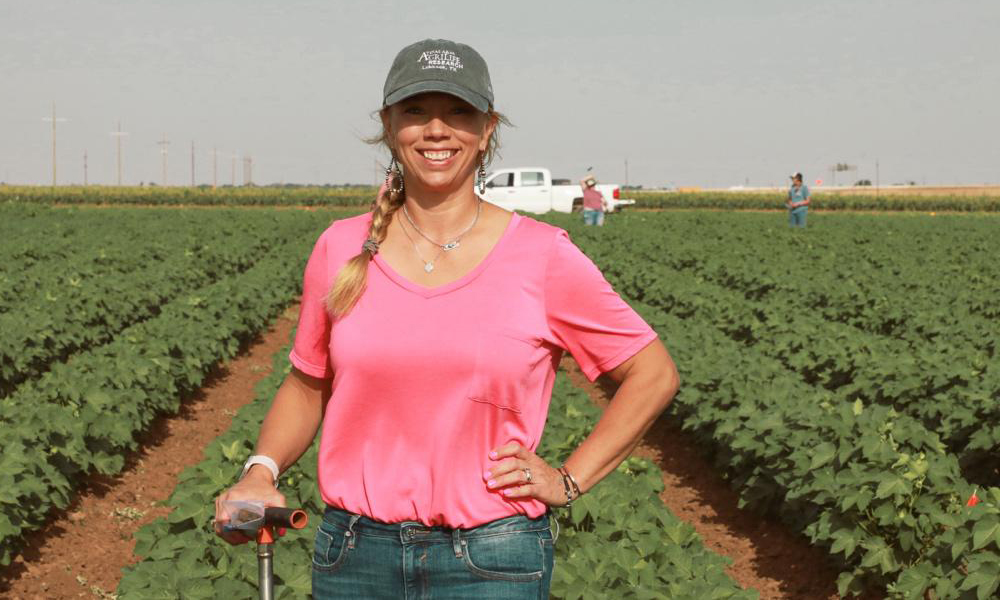
Dr. Katie Lewis
Lubbock, TX, USA
Dr. Katie Lewis has dedicated her career to helping cotton growers — including her family — increase their resilience and sustain their farming operations far into the future.
Get the full story
Ben Witham
Coleambally, New South Wales, Australia
Biodiversity is important for cotton farmers. In Southern NSW, one farmer has connected his paddocks to a reserve and state forest with biodiversity corridors, providing a natural habitat for wildlife to live and travel.
Get the full story
Jeff Palmer
Wee Waa, New South Wales, Australia
The noise is unbelievable, and its near impossible to find a tree that a whistling duck hasn’t claimed – but it’s a long-standing biodiversity project this cotton farming family are proud of.
Get the full story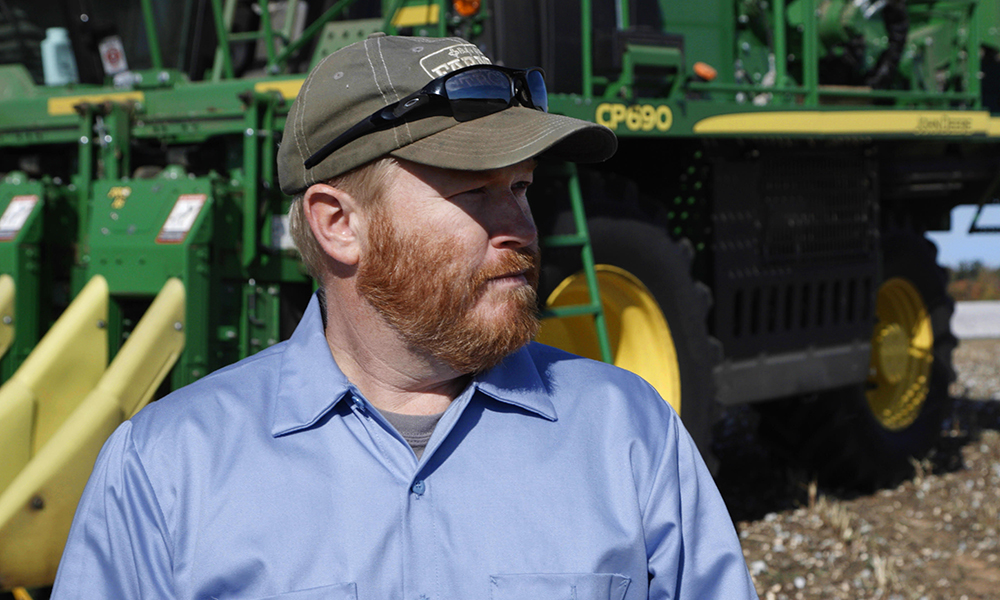
Andrew Burleson
Richfield, NC, USA
Soil conservation benefits both crops and the environment in a myriad of ways. Hear from Andrew Burleson about his experiences adopting sustainable agricultural practices.
Get the full story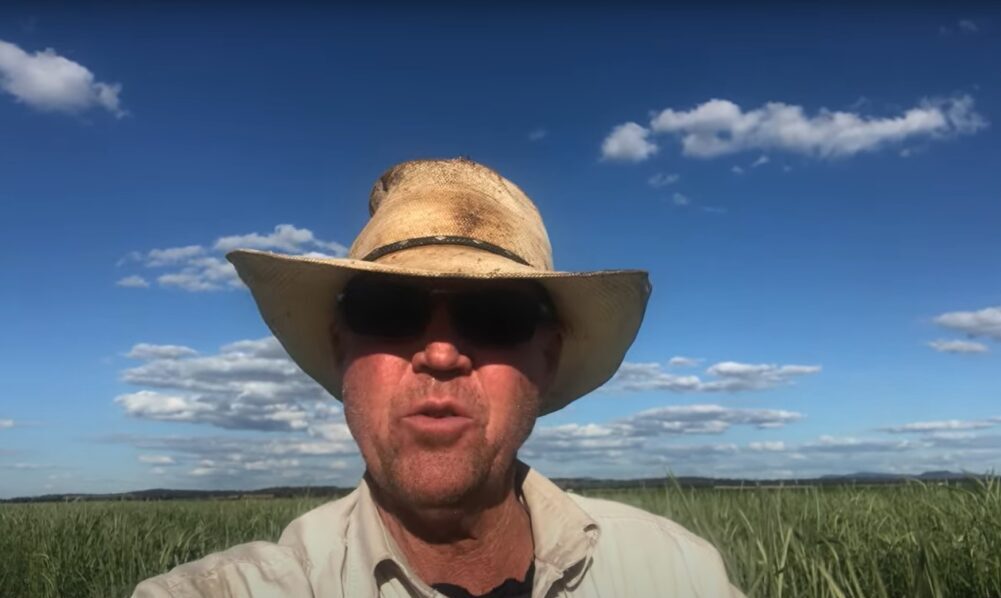
Scott McCalman
Mullaley, New South Wales, Australia
A cover cropping program has resulted in improved soil health, yield and reduced input costs for NSW cotton farmer Scott McCalman.
Get the full story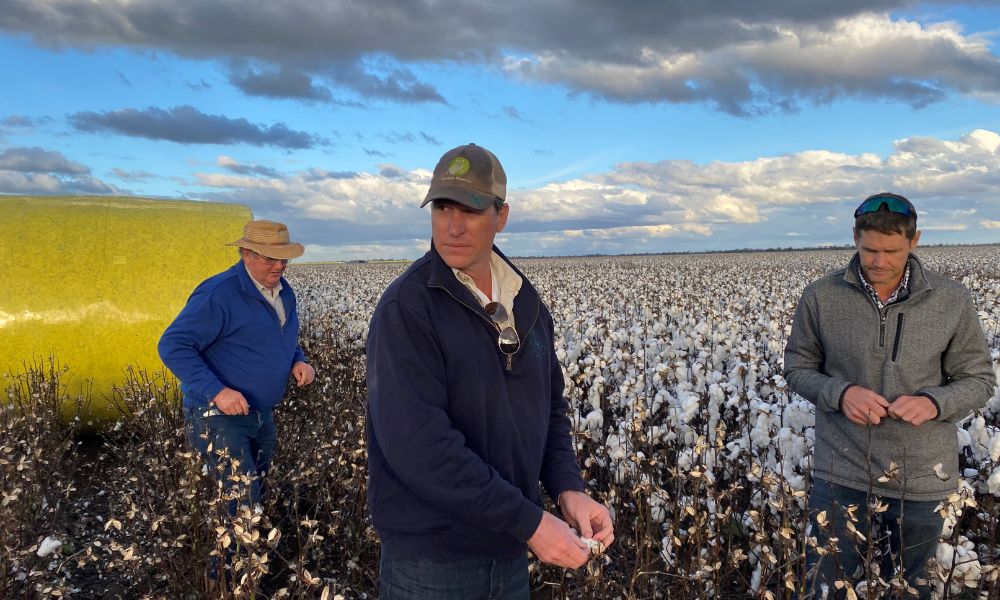
Nick Gillingham
Moree, NSW, Australia
Leading the operation is farm manager Nick Gillingham, who oversees “Keytah” at Sundown Pastoral.
Get the full story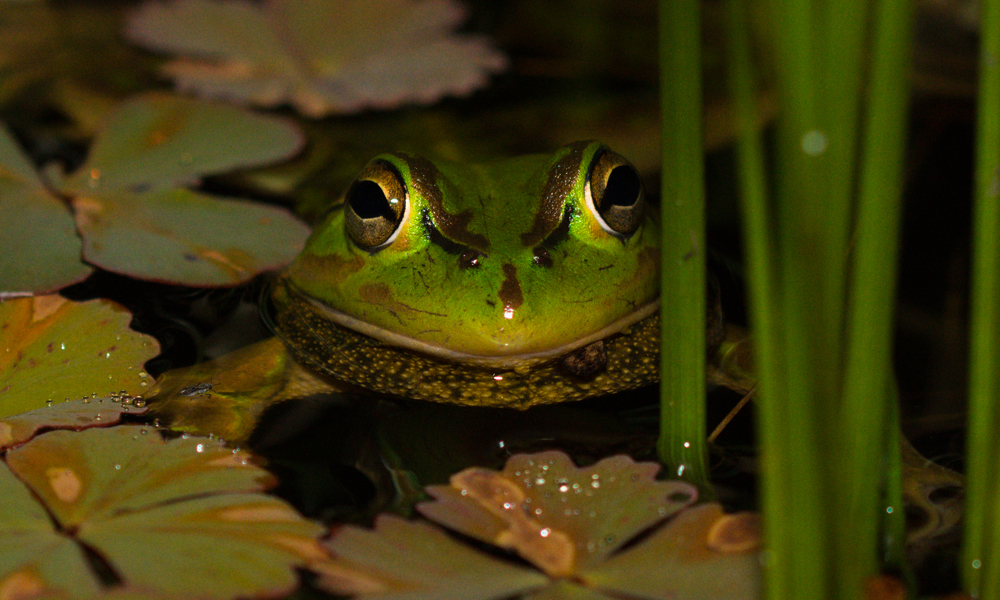
Scott Hogan
Coleambally, New South Wales, Australia
Why are these farmers standing in a huge puddle of water? They’ve irrigated a natural wetland to help save the endangered Southern Bell Frog.
Get the full story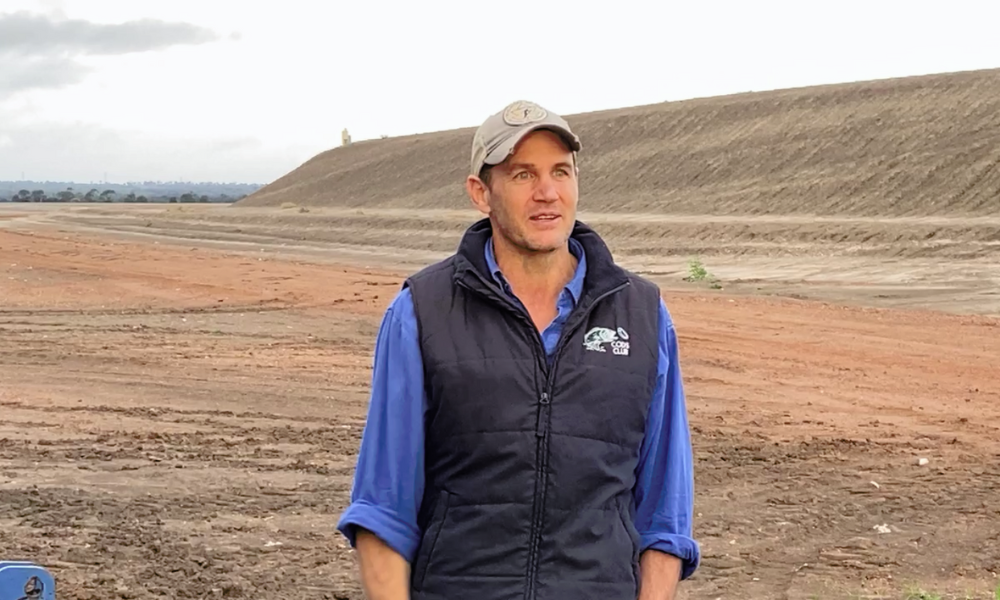
Ashley Geldard
Miles, Queensland
On the Western Downs in Queensland, Ashley Geldard has converted his previously rainfed farming operation to irrigated thanks to a constant supply of treated wastewater from a nearby coal seam gas plant.
Get the full story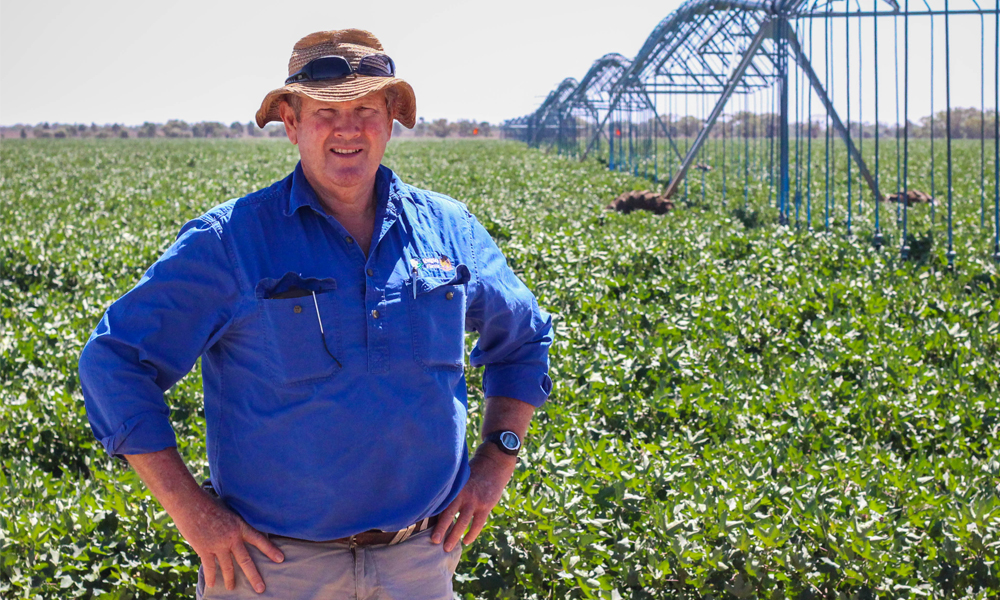
Tony Quigley
Macquarie Valley, NSW, Australia
The Quigley Family in the Macquarie Valley NSW have been awarded Australian Cotton Grower of the Year for their production that covers all aspects of farming for a sustainable future.
Get the full story


Recent Comments